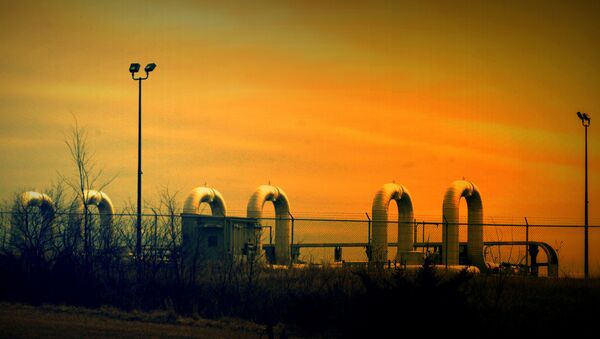On Sunday, oil pipeline operator TransCanada shut down a section of the Keystone pipeline after 187 gallons of crude oil spilled onto the ground in South Dakota. Following the accident, environmental groups warned that Sunday’s spill is just the tip of the iceberg, suggesting that the leak is a precursor to a potential "disaster."
In a statement following the accident, TransCanada said "no significant impact to the environment has been observed" and that the company "immediately began efforts to shut down the pipeline" after it received reports of the spill. TransCanada also took steps to notify nearby landowners.
The scale of the accident is miniscule in comparison to the total amount of crude oil shipped through the pipeline. Each day, 500,000 barrels of oil (21 million gallons) are transported through the pipeline from Alberta, Canada, to refineries in Illinois and Texas. Moreover, in an abundance of caution, the section of the pipeline running from Alberta to Cushing, Oklahoma will remain shutdown until at least Friday while the company makes necessary repairs.
By way of comparison, the BP Deepwater Horizon oil spill, the largest marine oil spill in history, released some 200 million gallons of oil into the Gulf of Mexico, over 1 million times the amount of oil spilled on Sunday.
Sierra Club’s Executive Director Michael Brune grabbed an “I told you so” moment, stating, “TransCanada’s Keystone I disaster is a stark reminder that it’s not a question ‘if’ a pipeline will malfunction, but rather a question of ‘when.’ This is one of the reasons President Obama rejected the Keystone XL pipeline and it’s why we should reject all dangerous fossil fuel pipeline proposals.”
The Keystone pipeline is not to be mistaken with the canceled Keystone XL Pipeline, which President Obama rejected in November 2015.




